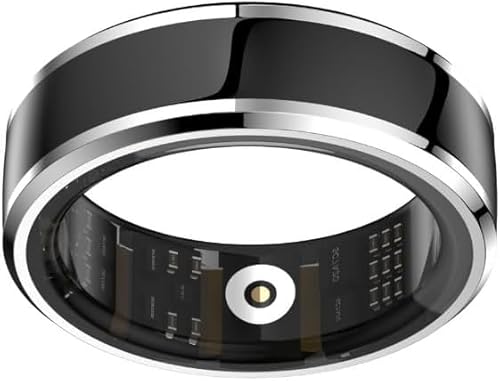Arlyss
Well-known member
The following paper confirms what I had previously read - that the aorta of those with BAV enlarges the most in the ascending aorta. The Marfan syndrome is different - the greatest enlargement is at the aortic root. Even though they both, along with other conditions/syndromes, affect the aorta, they are different in the way they do so.
http://www.ncbi.nlm.nih.gov/entrez/..._uids=17027578&query_hl=1&itool=pubmed_docsum
We are beginning to learn several important things. From this paper and others that have been published, we now know that the aortic enlargement is present in BAV children, compared to those with normal aortic valves.
We also know that with BAV, the trans thoracic echo may not show all that needs to be seen - in this abstract, it mentions that the dilation of the aorta extended beyond the region of measurement. This is why aneurysms in those with BAVs may be missed when trans thoracic echo is used, and also why another imaging test should be done for those with BAV to see the entire aorta and extent of dilation. My husband's aneurysmal tissue actually extended into the bottom side of his aortic arch.
For those of you who have BAV children, and even as adults, BAVs are sometimes confused with Marfan syndrome. BAVs have their own characteristics, including abnormality of the aorta, and there is no need to try to fit them into another category. Papers like this one should help families and physicians understand the nature of BAV as a condition in itself, and not try to confuse it with other conditions that may also affect the aorta.
Best wishes,
Arlyss
http://www.ncbi.nlm.nih.gov/entrez/..._uids=17027578&query_hl=1&itool=pubmed_docsum
We are beginning to learn several important things. From this paper and others that have been published, we now know that the aortic enlargement is present in BAV children, compared to those with normal aortic valves.
We also know that with BAV, the trans thoracic echo may not show all that needs to be seen - in this abstract, it mentions that the dilation of the aorta extended beyond the region of measurement. This is why aneurysms in those with BAVs may be missed when trans thoracic echo is used, and also why another imaging test should be done for those with BAV to see the entire aorta and extent of dilation. My husband's aneurysmal tissue actually extended into the bottom side of his aortic arch.
For those of you who have BAV children, and even as adults, BAVs are sometimes confused with Marfan syndrome. BAVs have their own characteristics, including abnormality of the aorta, and there is no need to try to fit them into another category. Papers like this one should help families and physicians understand the nature of BAV as a condition in itself, and not try to confuse it with other conditions that may also affect the aorta.
Best wishes,
Arlyss






















